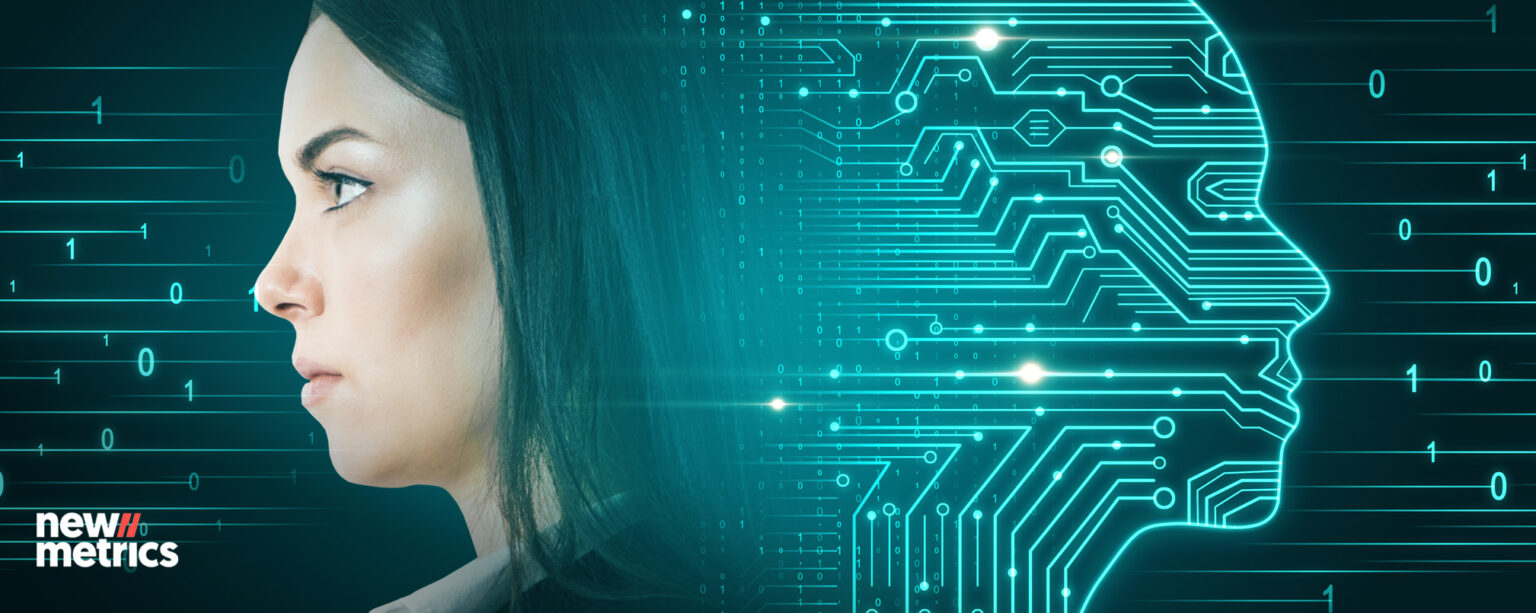
The Ship of Theseus and the Future of Experience
How AI and automation reshape what we still call “human experience”
The ancient thought experiment of the Ship of Theseus poses a deceptively simple question: if every plank of a ship is gradually replaced, is it still the same ship? At first, the answer feels obvious: of course it is. Yet as the process continues, doubt sets in. When nothing of the original remains, what anchors its identity?
Customer experience is now caught in a similar paradox. Across industries, elements of the journey once defined by human interaction are being replaced by AI and automation. Customer service agents give way to conversational AI. Product discovery is reshaped by predictive recommendations. Feedback loops are automated into real-time sentiment analysis. Each change feels incremental, even invisible. But over time, the very fabric of what we call “experience” is transformed.
This raises a critical question for the future of experience management: when does the journey stop being recognizably human and become something else entirely?
Fragmentation and Replacement in CX
In practice, the transformation of experience is rarely abrupt. It unfolds plank by plank, interaction by interaction. A call center introduces voicebots for initial triage. Retailers adopt AI-driven personalization that quietly reshapes what each customer sees. Banks replace relationship managers with mobile-first journeys where the human presence is optional.
Each of these changes solves a real problem: speed, scale, or efficiency. Yet taken together, they fragment the traditional sense of continuity. Customers no longer encounter the same “ship” of service that existed a decade ago. Instead, they move through journeys composed of modular, replaceable parts.
The result is a subtle dislocation. Customers interact less with institutions as enduring entities and more with interfaces, scripts, and predictive engines. Experience becomes less about a consistent relationship and more about the choreography of fragments stitched together by data.
Identity and Authenticity in the Age of AI
If the Ship of Theseus raises the question of continuity, the rise of AI-driven personalization raises the question of identity. When each customer sees a different version of the brand, tailored in real time, what does the brand itself become?
A retail app that reshapes its homepage based on browsing history is not the same app for two different customers. A chatbot that adapts tone to mirror the customer’s mood speaks with no fixed voice of its own. Over time, the brand becomes less of a singular identity and more of a mirror, reflecting back what the system predicts will satisfy.
This shift challenges long-standing assumptions about authenticity. Traditionally, authenticity in customer experience was tied to consistency: the same values, the same service ethos, no matter who you were. AI personalization fractures that notion. Instead of one stable identity, the brand becomes a set of adaptive masks.
The tension is clear. Personalization makes experiences more relevant and efficient. Yet it risks reducing the brand to a hollow shell, a vessel whose content is endlessly mutable. Customers may feel served but not necessarily connected.
Continuity and Trust
The Ship of Theseus forces us to ask what holds identity together when every part can change. In customer experience, the equivalent question is: what holds trust together when every interaction is personalized and never repeated?
Trust is not built on a single encounter but on the perception of continuity. Even if each touchpoint looks different, customers search for a thread that tells them: this is still the same brand, the same promise. Without that thread, personalization risks feeling manipulative rather than supportive.
Continuity in this sense is not about sameness of form but about coherence of intent. A brand can shift tone, channel, or offer, but the underlying values and commitments must be recognizable. When customers sense that each personalized moment, however unique, is guided by the same principle -care, respect, or reliability -they begin to trust the system itself, not just the message it delivers.
This is where AI-enabled experiences succeed or fail. The danger is that in the pursuit of hyper-relevance, they lose sight of the continuity that makes a relationship sustainable. The opportunity is to design personalization not as a set of fragments but as a living identity that holds together, no matter how many pieces are replaced.
Rethinking Personalization as a Philosophical Challenge
The Ship of Theseus reminds us that identity is never fixed. It is sustained by a story that people agree to recognize as continuous, even as its components change. Personalization in customer experience faces the same paradox: it replaces each piece of the interaction, yet it must still be recognized as the same relationship.
This means personalization is not simply a technical challenge of data and algorithms. It is a philosophical challenge of coherence. The real task is not only predicting the next best action but ensuring that the actions add up to a recognizable whole. Without coherence, personalization risks becoming noise: disconnected gestures that do not build trust.
To rethink personalization is to recognize that customers are not asking for infinite novelty. They are asking for a relationship that adapts while remaining legible. They want an experience that feels alive, not one that feels disjointed. The true measure of advanced personalization, then, is not how unique each message can be, but how consistently it contributes to a narrative of trust, identity, and meaning.
In this sense, the Ship of Theseus is not just an abstract puzzle. It is a reminder that in an age of AI, the question of identity belongs as much to organizations as it does to ancient philosophy.
